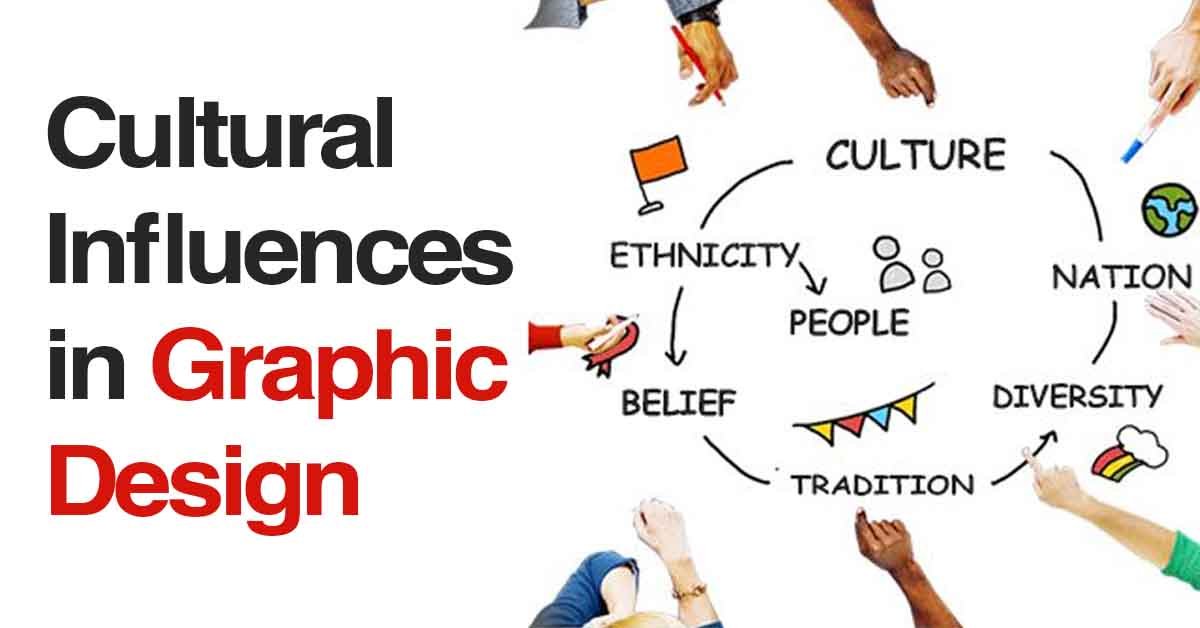Outline
- Introduction
- Brief overview of cultural influences in graphic design
- Importance of understanding cultural context in design
- Traditional Cultural Influences
- Historical significance of traditional design elements
- Examples of traditional graphic design styles from different cultures
- Impact of Globalization on Design
- How globalization has influenced design trends
- Blending of traditional and contemporary styles
- Contemporary Cultural Influences
- Exploration of modern cultural influences on graphic design
- Examples of contemporary design trends inspired by culture
- Case Studies
- Analysis of specific design projects incorporating cultural influences
- Discussion on the effectiveness of cultural integration in design
- Challenges and Considerations
- Addressing challenges when incorporating cultural elements in design
- Importance of sensitivity and cultural awareness in design processes
- Future Trends
- Predictions for the future of cultural influences in graphic design
- Emerging technologies and their impact on design trends
- Conclusion
- Recap of the significance of cultural influences in graphic design
- Encouragement for designers to continue exploring cultural diversity in their work
- FAQs
- What are some common traditional design elements from different cultures?
- How can designers ensure cultural sensitivity in their work?
- Are there any specific tools or resources for learning about cultural design influences?
- What role does consumer perception play in the success of culturally influenced designs?
- How can designers stay updated on emerging cultural trends in graphic design?
Exploring Cultural Influences in Graphic Design: From Traditional to Contemporary Styles
Graphic design is more than just arranging images and text on a page; it’s a reflection of culture, history, and society. From traditional motifs passed down through generations to contemporary interpretations of cultural identity, graphic design is deeply intertwined with cultural influences. In this article, we’ll delve into the rich tapestry of cultural elements that shape graphic design, from traditional to contemporary styles.
Introduction
In today’s globalized world, understanding cultural influences in graphic design is essential for creating impactful and meaningful visuals. Cultural elements encompass a wide range of factors, including historical traditions, societal norms, and regional aesthetics. By exploring these influences, designers can create designs that resonate with diverse audiences and communicate effectively across cultural boundaries.
Traditional Cultural Influences
Traditional graphic design styles are rooted in the history and heritage of different cultures. From ancient calligraphy techniques to intricate textile patterns, traditional design elements reflect the unique identity of each culture. For example, Japanese design often incorporates nature-inspired motifs such as cherry blossoms and waves, while Indian design showcases vibrant colors and intricate geometric patterns.
Impact of Globalization on Design
Globalization has facilitated the exchange of ideas and aesthetics across borders, leading to a fusion of traditional and contemporary design styles. Designers today have access to a vast array of cultural influences, allowing them to create visually striking and culturally rich designs. This blending of traditions has resulted in innovative and eclectic design trends that draw inspiration from diverse sources.
Contemporary Cultural Influences
In recent years, there has been a resurgence of interest in contemporary cultural influences in graphic design. From street art to pop culture icons, designers are incorporating elements of modern culture into their work to create visually dynamic and engaging designs. Contemporary design trends often reflect the zeitgeist of the times, capturing the spirit of cultural movements and social change.
Case Studies
Examining real-world examples of cultural influences in graphic design can provide valuable insights into the effectiveness of incorporating cultural elements. Case studies allow designers to see how cultural motifs and symbols are used to convey specific messages and evoke emotional responses from audiences. By analyzing successful design projects, designers can learn best practices for integrating cultural influences into their own work.
Challenges and Considerations
While cultural influences can enhance the aesthetic appeal of a design, they also present unique challenges and considerations for designers. Cultural sensitivity is paramount when incorporating elements from different cultures, as misrepresentation or appropriation can lead to backlash and criticism. Designers must approach cultural integration with respect and understanding, taking care to research and engage with diverse perspectives.
Future Trends
Looking ahead, the future of cultural influences in graphic design is ripe with possibilities. As technology continues to advance, designers will have access to new tools and techniques for exploring cultural diversity in their work. Virtual reality, augmented reality, and artificial intelligence offer exciting opportunities for creating immersive and interactive experiences that celebrate cultural heritage and identity.
Conclusion
In conclusion, cultural influences play a significant role in shaping graphic design, from traditional to contemporary styles. By embracing cultural diversity and exploring the rich tapestry of global traditions, designers can create visually compelling and emotionally resonant designs that transcend cultural boundaries. As we continue to navigate an increasingly interconnected world, understanding and celebrating cultural influences in graphic design will remain essential for creating meaningful and impactful visual communication.
FAQs
What are some common traditional design elements from different cultures?
Traditional design elements vary widely across cultures but may include motifs such as floral patterns, geometric shapes, and religious symbols.
How can designers ensure cultural sensitivity in their work?
Designers can ensure cultural sensitivity by conducting thorough research, consulting with cultural experts, and engaging with community members to understand the significance of cultural symbols and motifs.
Are there any specific tools or resources for learning about cultural design influences?
Yes, there are many resources available for learning about cultural design influences, including books, online courses, and cultural institutions such as museums and galleries.
What role does consumer perception play in the success of culturally influenced designs?
Consumer perception plays a significant role in the success of culturally influenced designs, as designs that resonate with the target audience’s cultural background are more likely to be well-received and understood.
How can designers stay updated on emerging cultural trends in graphic design?
Designers can stay updated on emerging cultural trends by actively engaging with diverse communities, attending cultural events and exhibitions, and following thought leaders and influencers in the design industry.
